A Groundbreaking Shift in Drone Technology
In a striking development on the battlefield of Ukraine, Russian forces seem to have adopted an innovative approach in drone warfare, employing wire-guided kamikaze drones. This method, diverging from traditional wireless controls, utilizes a physical fiber optic line, offering immunity to electronic warfare’s radiofrequency interruptions, reports The WarZone. However, this strategy also brings its own set of constraints on the deployment of these drones.
The Discovery by a Ukrainian Expert
The use of these wired drones was brought to light by Serhii Flesh, a Ukrainian servicemember with expertise in “radio technologies,” who shared images of the drone on Telegram. The origins of the drone’s recovery remain unclear, but it has been handed over to the Ukrainian drone unit, Birds of Magyar, for further examination. A label on the drone’s fiber optic spool revealed it contained nearly seven miles of cable, connecting to the drone’s control system, suggesting significant operational reach.
The Drone’s Design and Tactical Implications
This quadcopter, resembling the FPV Drones commonly seen in the conflict, is equipped with a warhead likely designed for RPG-7 rocket-propelled grenade launchers, aiming for direct impact and detonation upon targets. Despite FPV drones’ proven effectiveness, especially against armored vehicles, their reliance on manual, wireless control has been both a strategic advantage and a vulnerability, with electronic warfare jammers increasingly deployed by both sides to disrupt control links.
The fiber optic solution, impervious to such electronic disruptions, presents a clever workaround to these challenges. Notably, wire-guided technology is not new, having been used in anti-tank missiles and torpedoes globally, underscoring the adaptation of existing technologies for novel applications in modern warfare.

Benefits and Drawbacks of Wire-Guided Drones
The fiber optic connection not only shields the drone from electronic detection but also enables the transmission of high-quality video feeds, enhancing operational effectiveness. Yet, this method’s advantages come with inherent limitations, such as reduced maneuverability and the potential for the cable to entangle or snag, possibly hindering the drone’s operational range and versatility.
Strategic Use and Future Implications
These wire-guided drones are likely most effective in open terrains or established frontlines where obstacles can be anticipated and avoided. Their emergence underscores the escalating arms race in Drone Technology between Ukraine and Russia, reflecting the broader global trend towards increasing reliance on drones for reconnaissance, combat, and countermeasures in modern conflicts.
The Evolving Landscape of Drone Warfare
The introduction of wire-guided kamikaze drones by Russian forces in Ukraine marks a significant evolution in military tactics, highlighting the continual innovation in drone technology and electronic warfare countermeasures. As these developments unfold, the strategic implications for future conflicts are profound, demonstrating both the adaptability and the escalating sophistication of unmanned systems on the battlefield. With the stakes in drone warfare ever-increasing, such innovations underscore the relentless pursuit of advantage in the dynamic arena of modern combat.
Photos courtesy of Serhii Flesh / Telegram.
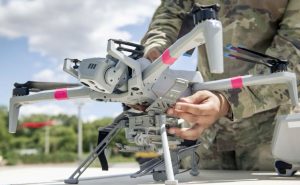








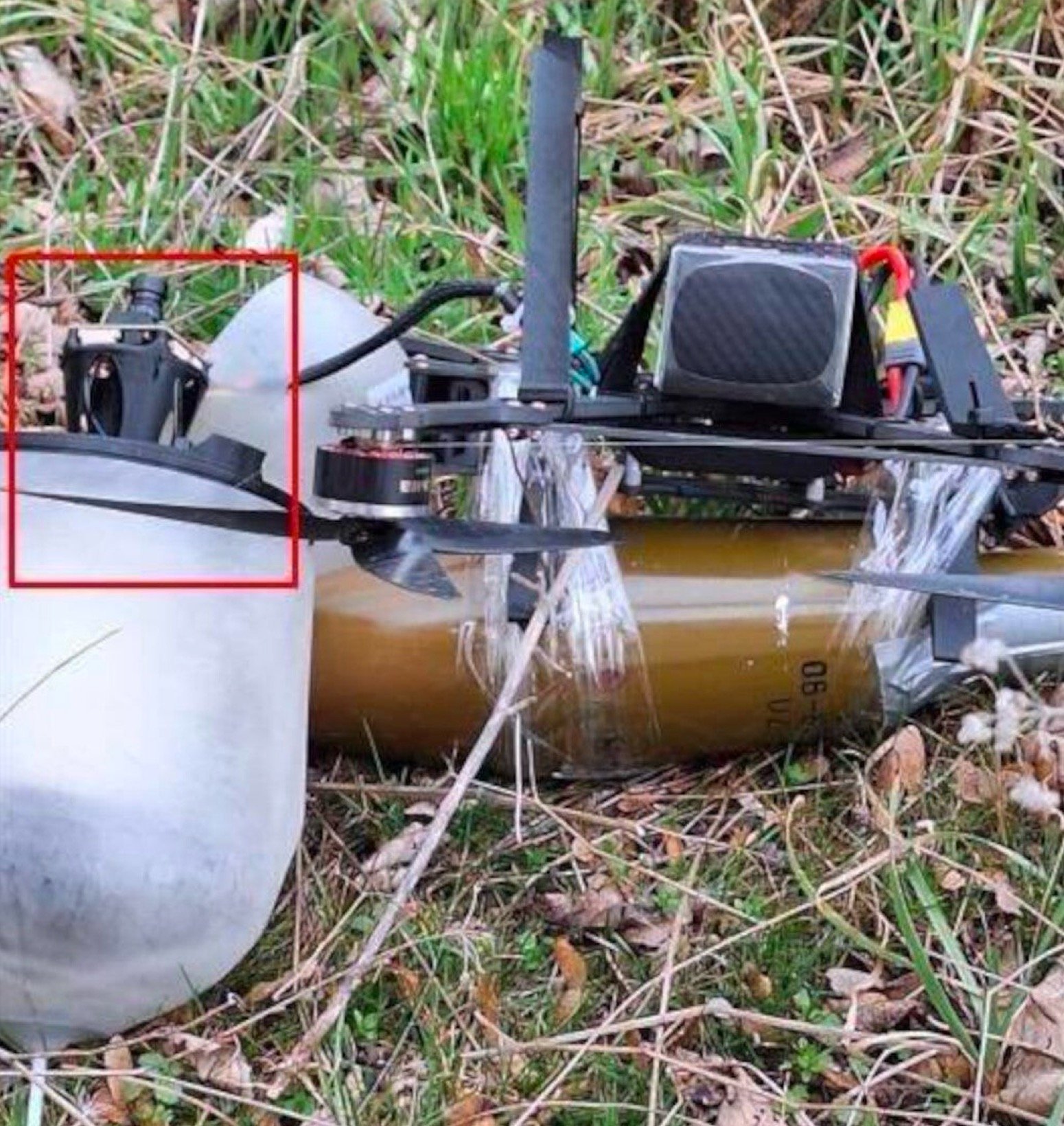


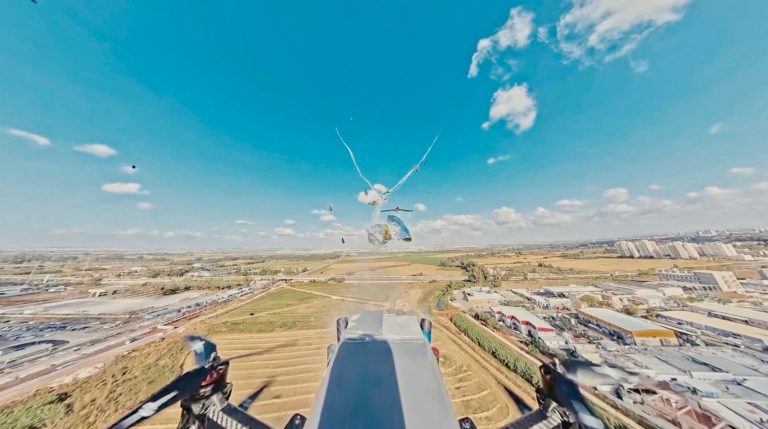



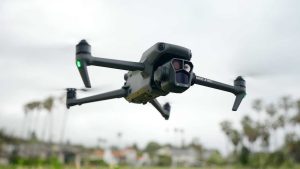



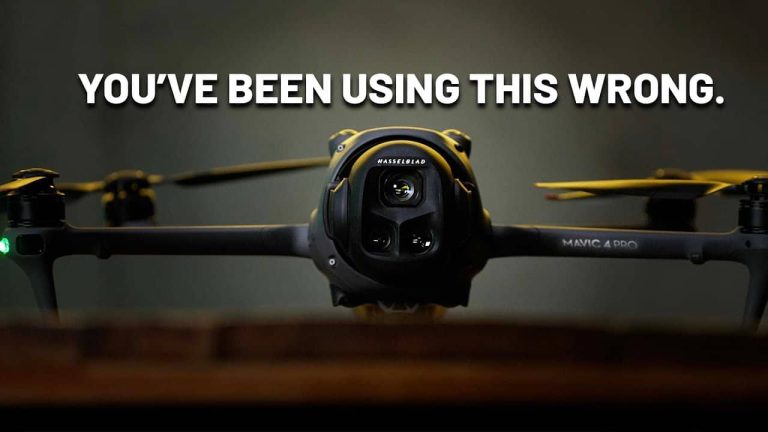
+ There are no comments
Add yours